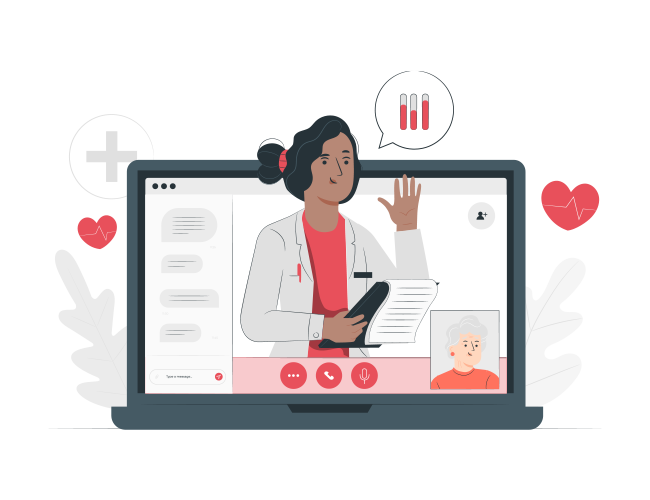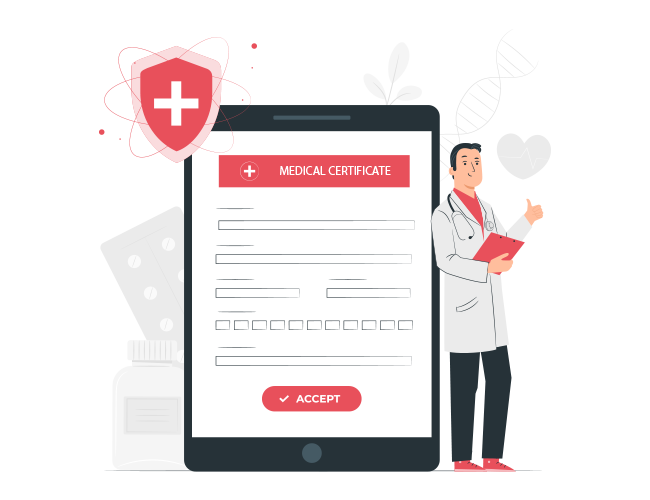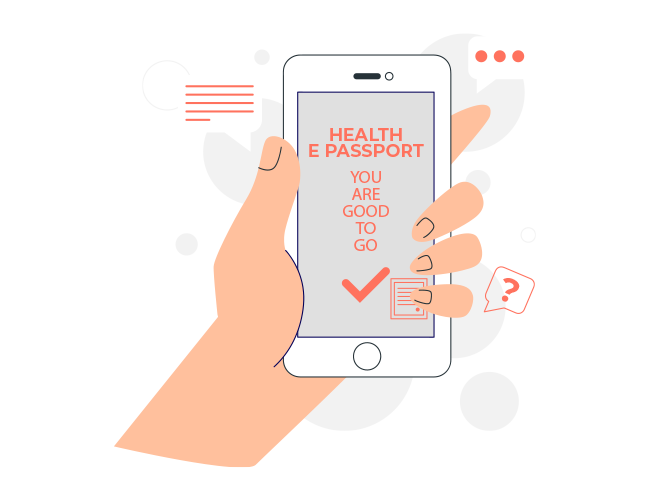WITH THE ADVENT OF DIGITAL
AND VIRTUAL CAPABILITIES,
THERE IS A STRUCTURAL SHIFT
IN THE WAY WE MANAGE OUR
HEALTH CARE NEEDS.
The healthcare sector was forced to accelerate its digital transformation in response to the pandemic. With this, medical providers saw a dramatic increase in patient expectations as most interactions moved to digital.
The changes in the healthcare industry exposes the technology capabilities, resilience and flexibility of many healthcare systems. Providers now need to support the mass shift to digital healthcare and deliver more innovative and better patient outcomes.
System integration is crucial to meet increasing patient expectations. Functionalities such as exchanging patient health information securely and efficiently, referrals to medical specialists and allied health, receiving and delivering medical results in a timely manner, prescribing medicines and automating claims are all part of the multi facet medical integration required to deliver a seamless patient experience.
On average, organizations in the healthcare sector have the highest number of different individual systems and applications in use compared to the global average. This leads to data integrity issues from disparate sources blocking access to a reliable dynamic view of operational performance, risk and compliance.
At Ardent Medical Group, we invest heavily in technology to deliver innovative healthcare solutions. We seek to simplify access and broaden the delivery pathways for health services to meet the high expectations of our patients. In doing so, we ensure the data is safely secured and our back end systems are integrated for optimal performance.
We have built communication networks that connect with our patients, workplaces and aged care homes making it easier to manage their healthcare needs.
From a patient perspective
This means easier functionality to access health services, being able to communicate with our medical staff, security of health information and faster delivery of results.
From an organization perspective
This means a more efficient way to manage and oversee health programs, greater consistency in approach, and better health outcomes for the workforce.
From a health worker perspective
This means more reliable and accessible healthcare data, and simplification and broader options for delivery of health services.




